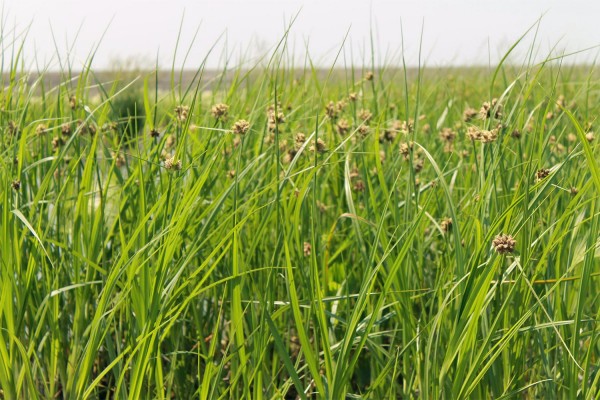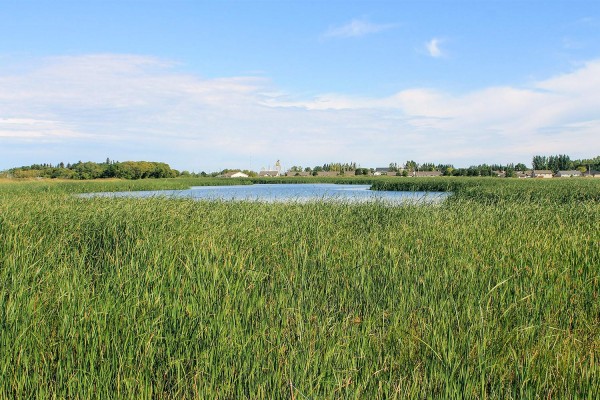NPS conducted a detailed review to determine whether wetland and riparian vegetation could be used to improve the rate of water removal in the treatment system through the process of transpiration.
The Echo Regional Wastewater Treatment System was redesigned in 2006, to include a large evaporation cell in order to achieve zero discharge of wastewater. After eight years of operation it was apparent that the system was no longer functioning the way it was designed and water depths within the evaporative cell were higher than intended. Several options to remedy the problem were reviewed including expanding or creating an additional evaporative cell, as well as researching methods that would increase the rate of evaporation within existing cell. The utilization of wetland and riparian vegetation was one method considered to draw out water from the cell.
Native Plant Solutions was consulted to conduct a review of available data and site investigations to determine the extent that plant transpiration has been utilized in zero discharge lagoons, the success of any of these trials, and which species present themselves as likely candidates for this type of system based on the characteristics of this location. The scope of work included:
- A literature review to identify existing information regarding past or present examples where plants were used to facilitate zero discharge lagoons
- A list of potential plant communities and individual species suited to the specific site conditions along with their transpiration potential
- An evaluation of the findings to establish the plausibility of a zero discharge lagoon enhanced with plant material and identify knowledge gaps and further steps necessary to proceed to a design phase


